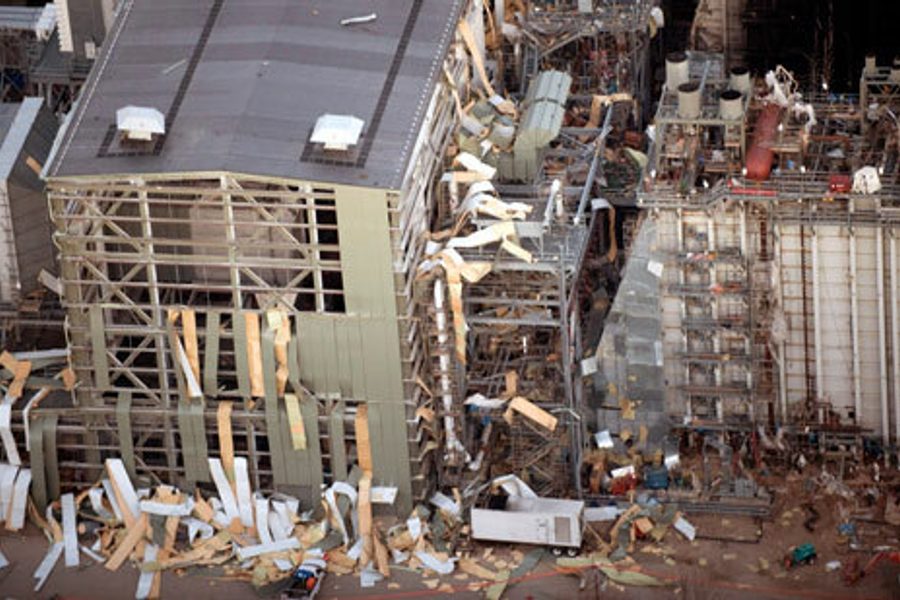
Federal agency expert has clear message for Congress, five months after tragedy
On the morning February 7, 2010, while most Americans were looking forward to the Super Bowl, workers at the Kleen Energy Plant in Middletown, Connecticut were hard at work purging gas lines. At approximately 11:15 a.m., the gas exploded. The force of the blast was felt up to 15 miles away. Six workers were killed and dozens more were injured.
This week, a House subcommitee held a hearing to understand what went wrong.
The answer turns out to be pretty obvious: The plant blew up because workers vented 2 million standard cubic feet of natural gas directly into the outside air — enough to heat a typical American home for a quarter century. The gas sat there, pooling around the buildings, until a spark ignited it.
We’ll never know what caused the fatal spark, but as John Bresland of the independent federal agency Chemical Safety Board (CSB) explained, there were so many potential sources that investigators didn’t even bother trying to pinpoint exactly which one was responsible. With a such a huge cloud of flammable gas, it was only a matter of time.
CSB investigators found that purging pipes with natural gas is a widespread and inherently dangerous practice. Astonishingly, there are almost no federal safety rules for gas purges. The workers at the Kleen Energy Plant were asked to do a dangerous job with minimal guidance. The company didn’t even have a safety meeting before the purge, Bresland said.
“CSB investigators have determined that no specific federal workplace safety standards prohibit intentional, planned releases of natural gas into workplaces, as occurred here on February 7,” Bresland told the Workforce Protections Subcommittee of the House Committee on Education and Labor on Monday.
Bresland pointed out that much safer pipe-cleaning methods are already being used in the industry. Alternatives include using air, water, nitrogen, or steam to remove debris. Only 37 percent of plants still use gas to clean pipes, according to a CSB survey.
The managers at the Kleen Energy Plant briefly considered using pressurized air, but abandoned the plan in favor of the traditional gas purge. Bresland didn’t say why they gave up on the air purge idea.
The bottom line, according to Bresland, is that gas purges are dangerous and unnecessary.
“We need to put an end to the unsafe and potentially deadly practice of venting huge volumes of natural gas in the vicinity of workers and ignition sources,” he told the committee.







